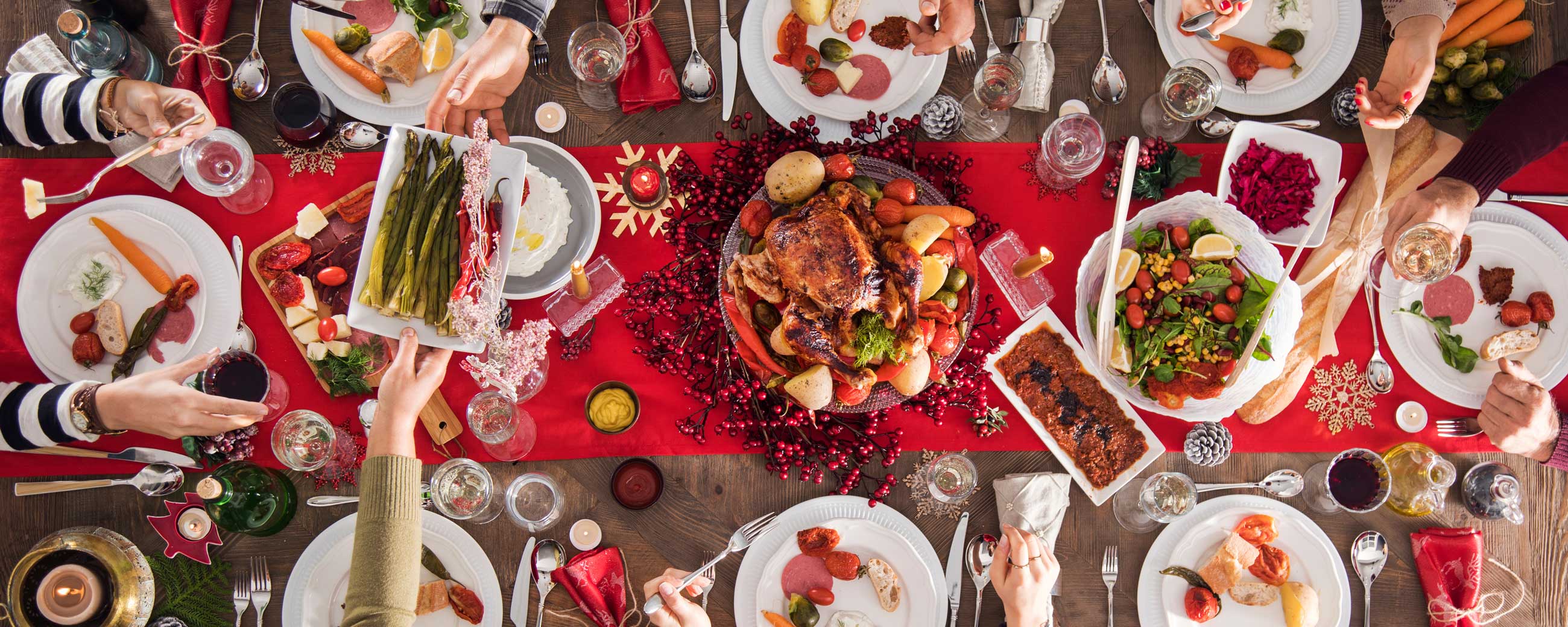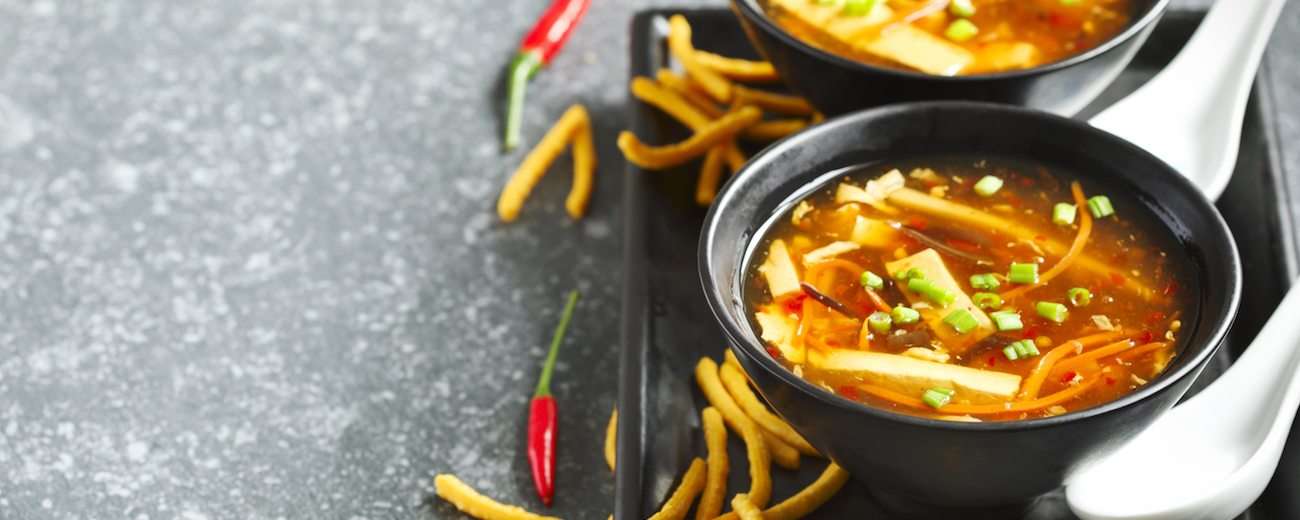
Navigating Chinese Food on a Low Carb Diet

A common, everyday greeting in Chinese is ‘ni chi fan le mei you?’, which translates to ‘have you had anything to eat?’ Food is central to Chinese culture, and at no point is it more apparent than during the Chinese New Year, which is also known as the Spring Festival or Lunar New Year. Celebrated by mainland China as well as other Asian countries, this holiday is observed by approximately one sixth of the world’s population.
In nations such as China, Korea, and Vietnam, family-wide celebrations last from the eve of the New Year to the Lantern Festival on the 15th day after. Whether you are considering welcoming in the Year of the Dog with takeout or a dinner with your extended family, here are some tips to navigating Chinese food on a low carb or ketogenic diet during these festivities and beyond.
Not all Chinese food is created equal
There are 34 provincial level administrative regions in China, and each arguably has its own cuisine. While Chinese American food typically features vegetables as a side dish and is laden with sugary sauces, more traditional Chinese cuisine highlights leafy, low-carbohydrate vegetables and makes use of a variety of techniques that go beyond sesame chicken. These 8 major cuisine types are ranked in order based on how keto-friendly their meat and vegetable dishes are.

Within a regional cuisine, there are many types of food
For example, take Cantonese cuisine, which is best known for dim sum and having a characteristically sweet taste from their popular sauces: hoisin, oyster, plum, and Sweet & Sour. While none of these sauces work for individuals trying to stick with a low carb diet, this region is also known for their variety of soups and roasted meats, which can work for those avoiding obvious and hidden carbohydrates.
How to choose your Chinese restaurant wisely
- If listed, take the type of restaurant under consideration: Although most Chinese restaurants serve food from more than one region, the establishment’s name can give good bearing on whether it is a viable option for you. For example, you should have no trouble sticking to keto at a Hot Pot restaurant, but may want to reconsider going to a Shandong restaurant known for its dumplings and noodles.
- Ask in advance for help: While this probably will not be an option at chain restaurants, it is worth asking the restaurant in advance, if it is Chinese-owned, whether they are willing to avoid adding any extra carbohydrates, such as corn or potato starches that are commonly used to thicken sauces and soups. This is no guarantee that the owners will oblige, but Chinese culture views food as having a healing effect: so much so that one of the most common descriptors used for a meal is that it makes you feel shufu, meaning comforted.
- See if the restaurant has a longer, traditional menu: Oftentimes, Chinese restaurants will have two menus. If this is the case, ask for both and see if there is any difference in the number of offerings. Your server can be a great resource in these situations if the longer menu is not in english. Ask for his or her recommendations, and make clear that you want dishes that are not sweet, not deep fried, and (if you are a meat-eater) that you aren’t scared of animal fat!
- Avoid sauces that have gravy-like consistency and chopped up meat: As mentioned above, the thick sauces you are likely to come across in restaurant dishes, such as beef and broccoli, get their velvety sheen from sugar and starch. The same goes for chopped up meat: oftentimes, the marinade includes soy sauce, sugar, and starch. Stick to sauces that are thinner and more transparent (e.g. garlic shrimp) or roasted meats, and try to avoid sauces such as hoisin, oyster, plum, duck, and sweet & sour sauce.
If eating out isn’t an option, celebrate at home
To have more control over what is being put into your meal, consider preparing your meal at home if it works with your lifestyle. The other added benefit to this is that you can draw from all regional cuisines to create a keto-friendly menu.
For example, I personally love dumplings, but cannot find them prepared as an egg dumpling, which is a traditional alternative to wheat or rice-based wrappers found more commonly around China. Making these at home with my mother and grandmother is not just a part of a meal—it is time spent as a family.
Below are some suggested recipes for those that are interested in making Chinese food at home. If you are interested in doing your own search, use the ranked regional cuisines as a guide (who knows, you may just stumble upon your next favorite meal!). Be sure to include the dishes that hold particular significance during the Chinese New Year: oranges keep the sweetness of life, ducks represent fidelity and joy, and fish represent prosperity, wealth and regeneration!
Low carb Chinese food recipes
*Recipes labelled with a * include some sugar and starch to achieve the silkiness often associated with Chinese sauces. While foregoing these ingredients when you cook does change the final result, it should not drastically affect the overall flavor of your dish.
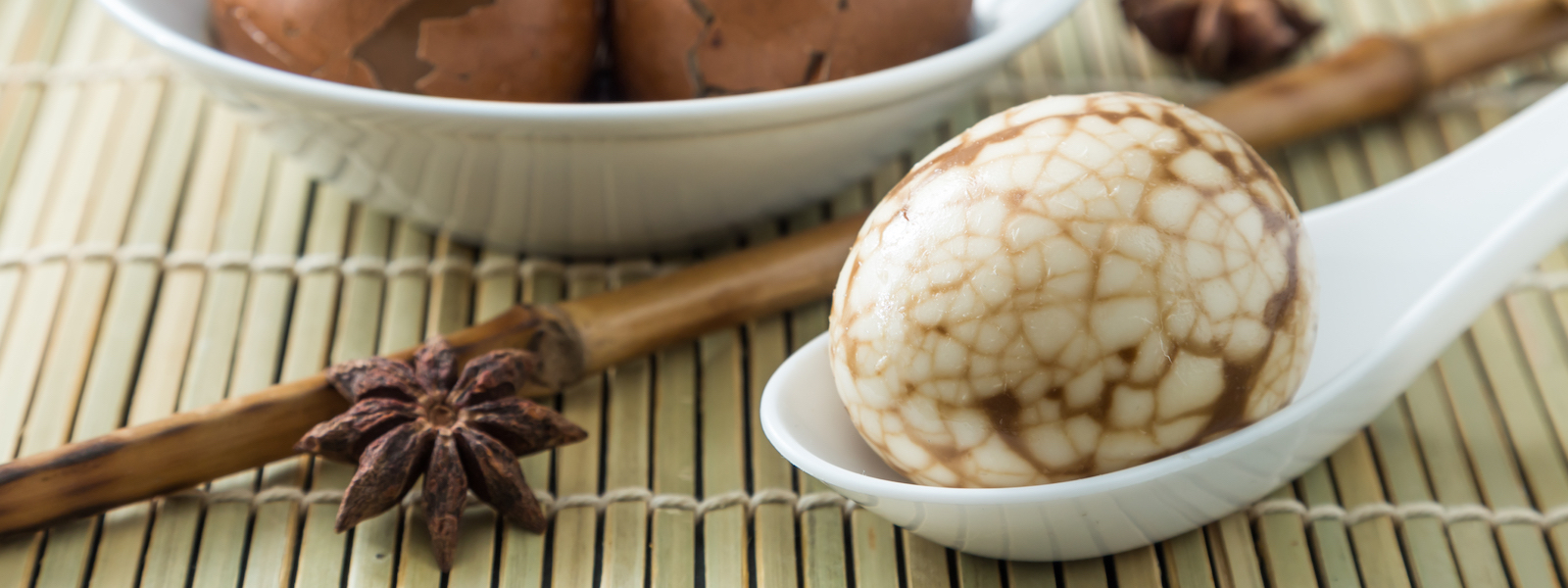

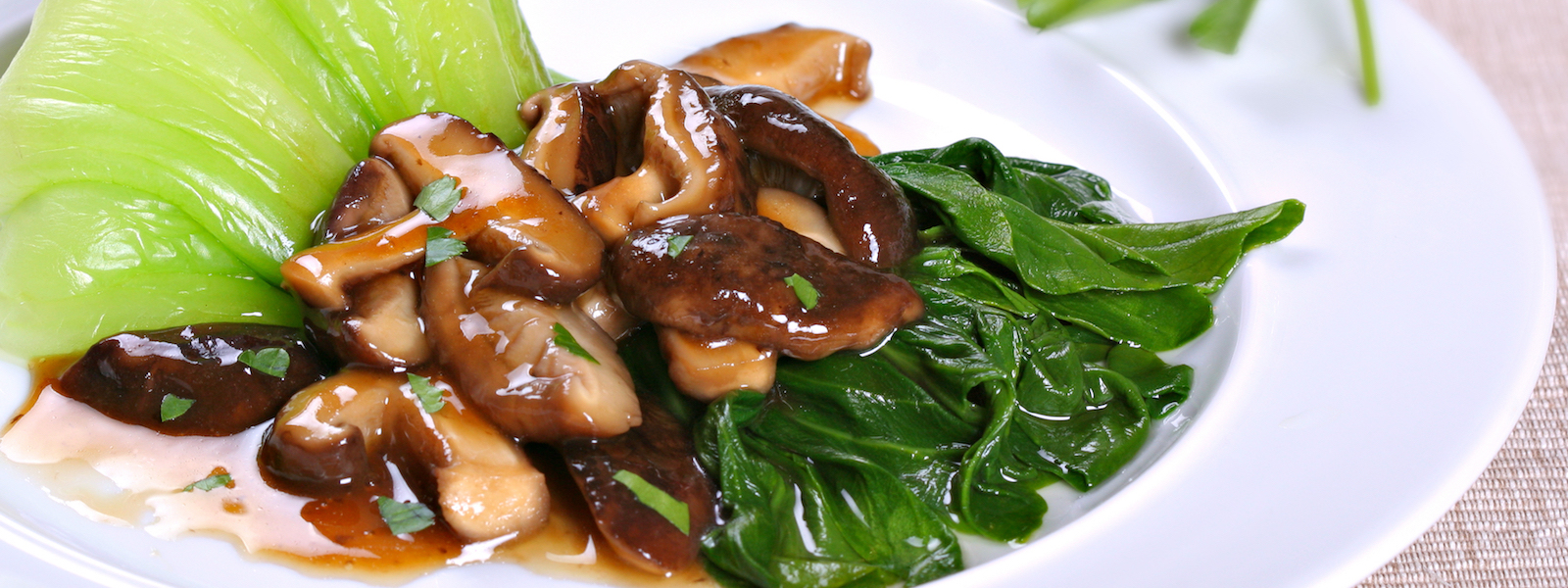
Bok choy with shiitake (vegetarian/vegan)*

Ma Po Tofu (vegetarian/vegan)*


Cantonese Poached Chicken with Ginger Scallion Oil
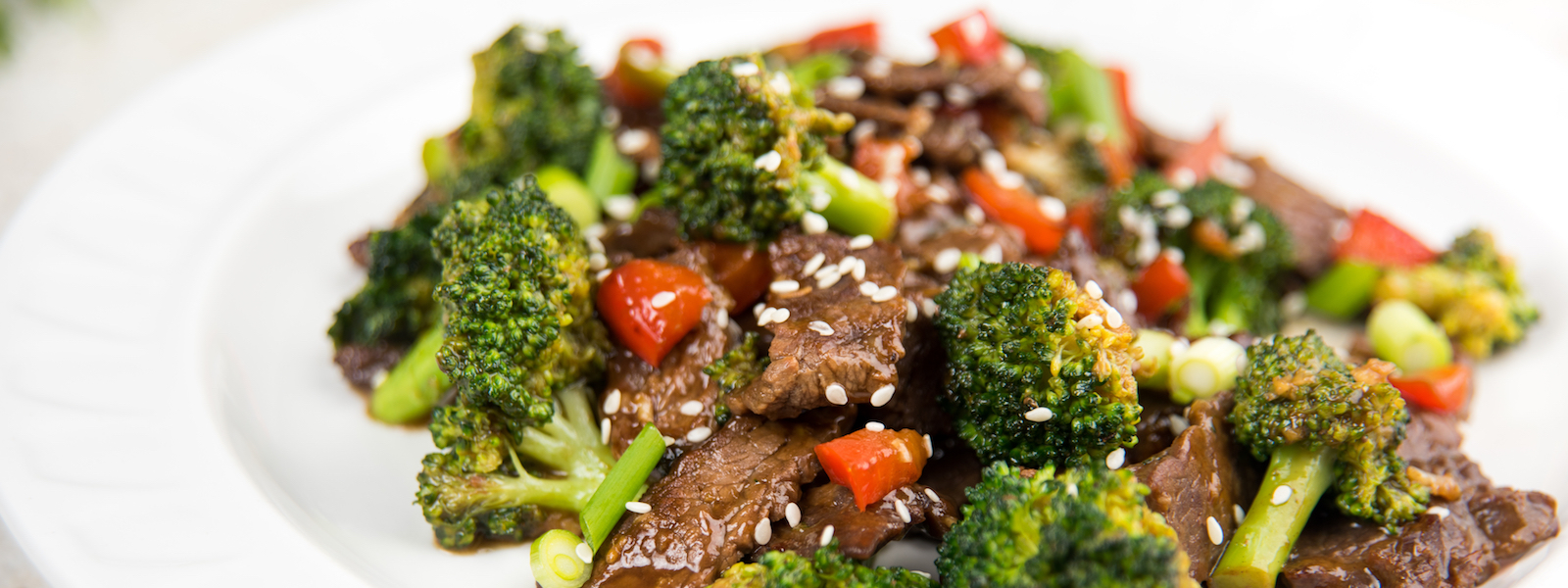
Stir-fried beef with broccoli and black pepper*

This blog is intended for informational purposes only and is not meant to be a substitute for professional medical advice, diagnosis, or treatment. Always seek the advice of your physician or other qualified health provider with any questions you may have regarding a medical condition or any advice relating to your health. View full disclaimer
Are you living with type 2 diabetes, prediabetes, or unwanted weight?







